
Do you have a question about the Honda Accord Coupe 1991 and is the answer not in the manual?
| Brand | Honda |
|---|---|
| Model | Accord Coupe 1991 |
| Category | Automobile |
| Language | English |
Details on the automatic and manual front seat belt restraint systems.
How to properly fasten and use the automatic shoulder seat belts.
Correct method for buckling the lap belt for maximum safety.
Crucial safety precautions for wearing seat belts correctly.
Procedure for releasing manual lap and automatic shoulder seat belts.
How to manually release the shoulder belt in an emergency.
How to properly fasten rear seat combination lap/shoulder belts.
Adjusting and using the rear center lap belt for safety.
Understanding the lap belt and shoulder belt warning lights and beepers.
Guidelines for safely restraining children in the vehicle.
Proper procedures for installing child restraint systems.
Recommendations for pregnant women using seat belts.
Alerts for parking brake engagement or brake system malfunction.
Reminds occupants to fasten their seat belts.
Indicates critically low engine oil pressure, requiring immediate attention.
Indicates a problem with the vehicle's electrical charging system.
Signals a malfunction in the emission control system.
Warns of a malfunctioning brake light system.
Step-by-step guide to activating and setting the desired speed.
Methods for disengaging the cruise control system.
How to increase or decrease the set speed while cruise control is active.
Procedure for quick cooling using the air conditioner.
Procedure for directing warm air from floor outlets.
Guidelines for using gasohol containing ethanol or methanol.
How to open the fuel filler door and remove the fuel cap.
Preparations required before attempting to start the engine.
Step-by-step guide to starting the engine.
Specific instructions for starting the engine in cold, high-altitude conditions.
Essential checks before starting a drive for safety.
Important driving practices for safety and fuel economy.
Using D4 and D3 ranges for various driving conditions.
Crucial safety tips and considerations for towing.
Regular checks of engine oil and coolant levels.
Periodic checks of brakes, lights, tires, steering, etc.
Identifying conditions that require more frequent servicing.
Procedure for checking the engine oil level.
Steps for adding oil and recommended oil types.
Procedure for replacing engine oil and oil filter.
Procedure for checking and filling the 5-speed manual transmission oil.
Procedure for checking and filling automatic transmission fluid.
Proper coolant mixture and protection against corrosion.
How to check coolant level in the reserve tank.
Checking freeze protection and radiator cleanliness.
Recommended intervals for coolant replacement.
Description of the diagonally-separated dual service brake system.
Inspection intervals for front and rear brake wear.
Audible indicators for worn front brake pads.
Checking brake fluid level and adding fluid.
Checking clutch fluid level and adding fluid.
Checking power steering fluid level and recommended fluid type.
Steps to identify and replace blown fuses.
Recommended tire pressures for optimal performance and safety.
When and how to replace tires based on wear indicators.
Usage, pressure checks, and warnings for the compact spare tire.
Preferred methods for towing and transmission precautions.
How combustion and fuel evaporation create emissions.
Operation of the PCV system to reduce crankcase emissions.
How the system prevents fuel vapors from escaping.
Systems controlling emissions during various driving modes.
Electronic fuel injection system for optimal air/fuel control.
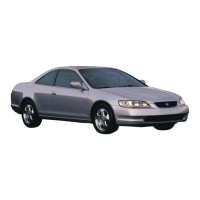
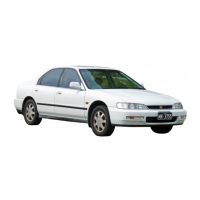

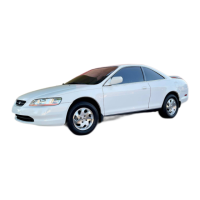



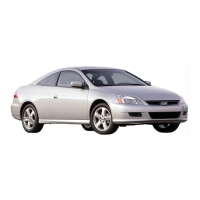
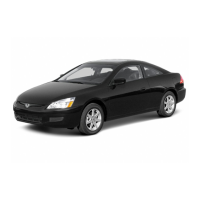
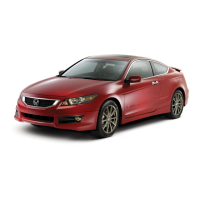
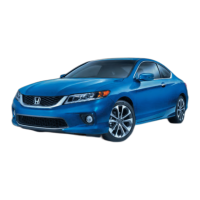

